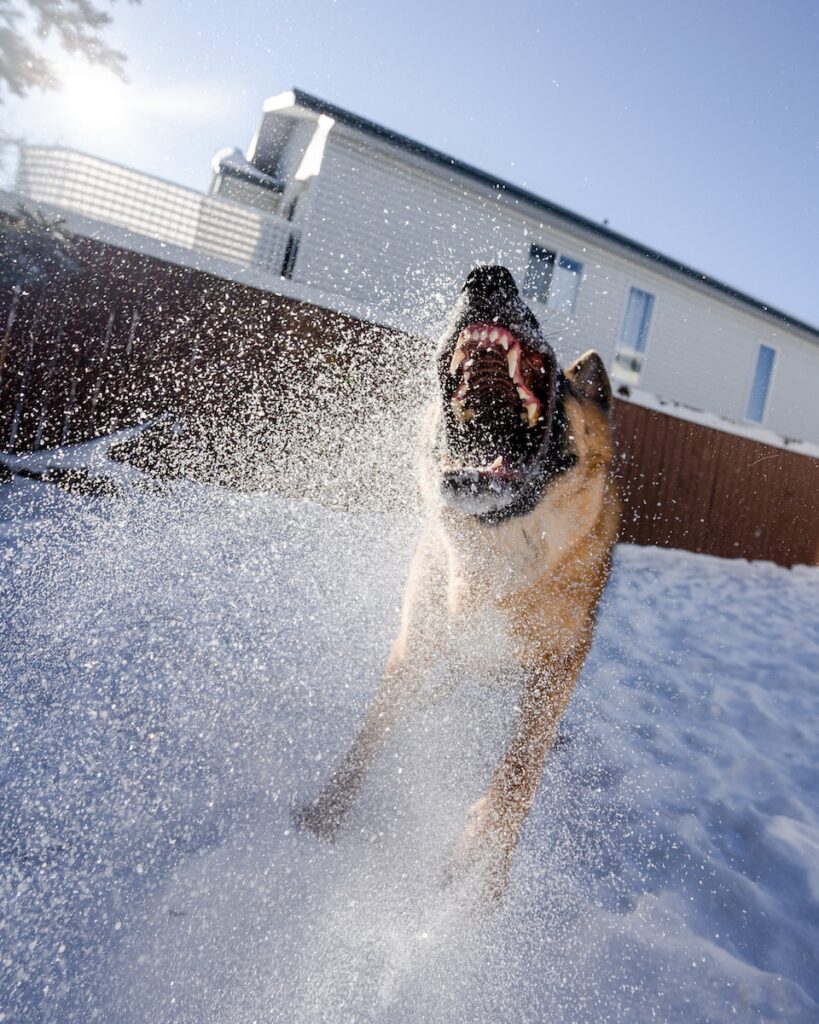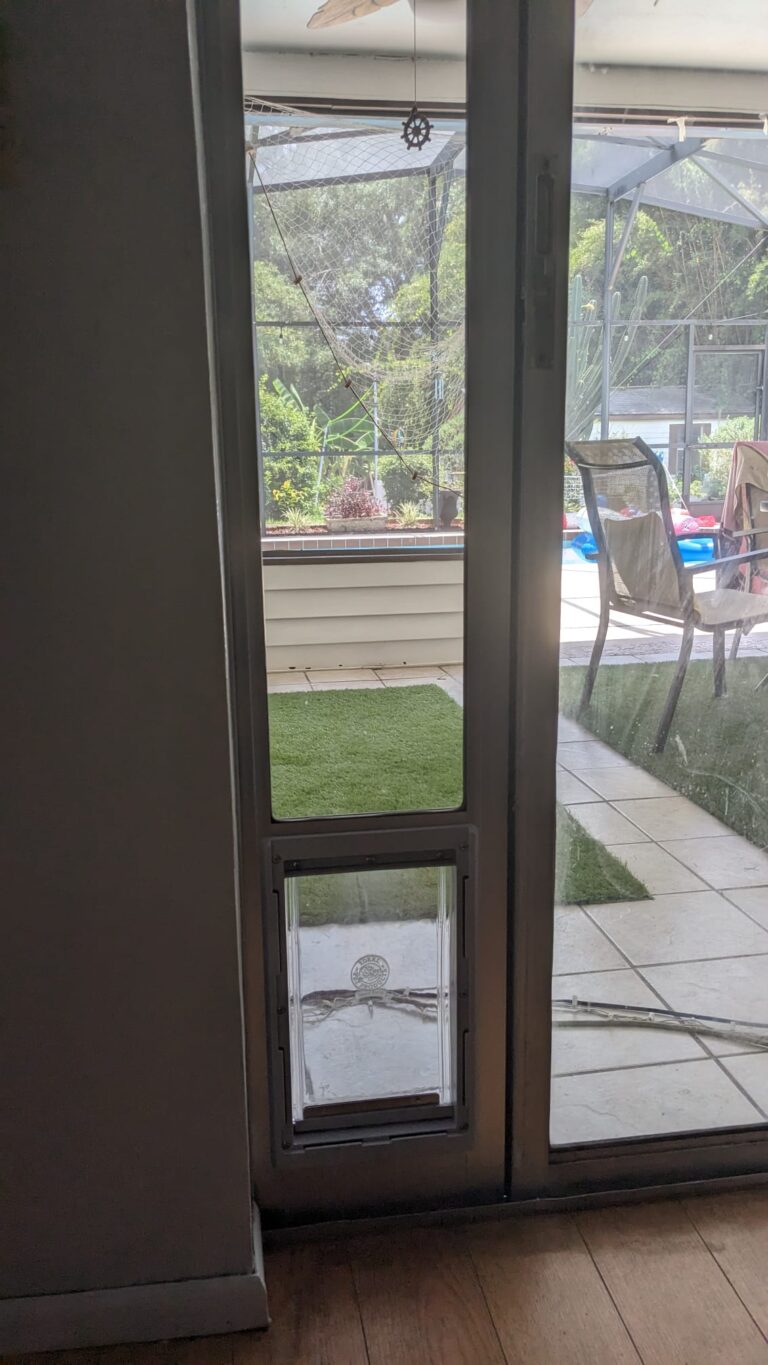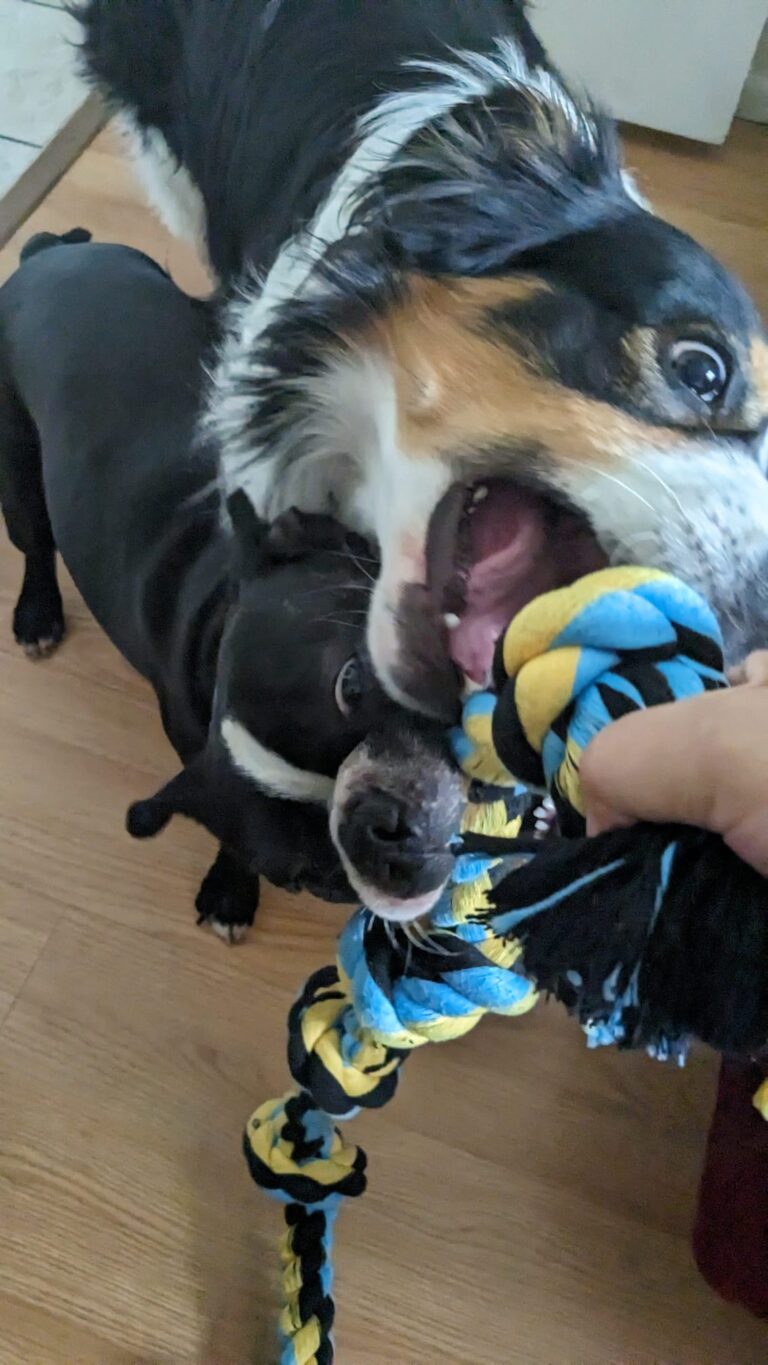Training your dog to stop barking excessively
Does your dog bark excessively, causing you and your neighbors endless frustration? You’re not alone! Excessive barking is a common issue among dogs that can lead to strained relationships with pet owners and even legal action against noise disturbances. But the good news is that training your furry friend to stop barking doesn’t have to be difficult or daunting. By learning some effective techniques and incorporating them into your daily routine, you can help keep the peace in your neighborhood while improving the bond between you and man’s best friend.
In this post, we’ll explore some tips on how to train your dog to stop barking excessively and provide insights into why they do it in the first place. So grab your pup, let’s get started!
What is barking?
Barking is a common behavior in canines and is often associated with being playful or excited. The goal of training your dog to stop barking excessively is to reduce the frequency and severity of the noise. Dogs that bark excessively are often considered pet owners’ biggest frustration.
Why do dogs bark?
Dogs bark for many reasons, but the most common reason is to communicate with their owners. Some dogs will bark when they’re scared or if they think someone is coming to take them away. Other dogs may bark to keep other animals away or to warn their owners of a danger.
Barking can also be a sign of aggression or disobedience in some dogs. If your dog is constantly barking, you should consult with a trainer or specialist to figure out why he’s acting this way and what can be done to stop it.
What can you do to stop your dog from barking excessively?
There are a few simple methods you can use to help stop your dog from barking excessively.
- Make sure your dog understands what it means when you tell them to “shh”. This can be done by repeating the command, or by using a designated word or phrase that your dog knows indicates they should quiet down.
- Give your dog positive reinforcement for remaining quiet. This could involve providing them with treats, toys, or verbal pats in the bum when they are successfully able to keep silent.
- Use a noise deterrent, such as a bark collar or wand, to punish your dog for barking excessively. This will help them associate noisy behaviour with negative consequences, and may eventually help them stop barking altogether.
Tools and Techniques you will need
- Understand why your dog is barking
The first step in training your dog to stop barking excessively is understanding why they are barking in the first place. There are a few main reasons dogs bark, and it’s important to find out what your dog’s main motivation is when it comes to barking.
Some dogs bark out of excitement or fear, while others may do it as part of their territorial instinctive behavior. Once you know why your dog is barking, you can start to train them using different tools and techniques.
- use positive reinforcement methods
The best way to train your dog to stop barking excessively is by using positive reinforcement methods. When you use positive reinforcement methods, you are rewarding your dog for keeping quiet instead of rewarding them for barking. This will help your dog learn that silence is the best option and ending their excessive barking behavior. Some common forms of positive reinforcement used to train dogs include treats, petting, verbal praise, and specially designed toys that make noise-free noises when played with. It’s important to be consistent with your training methods so that your dog learns the correct behaviors quickly and easily.
- desensitize your pup gradually
Another method of teaching a dog how not to bark excessively involves desensitizing them gradually over time. Desensitization involves exposing the pup gradually to different sounds or situations until they become accustomed to them without getting upset or barked at too much. This can be done using simple tools like a treat or toy that makes noise, or by gradually changing the environment your dog is kept in. By gradually desensitizing your pup to different sounds and situations, you can help them learn not to bark in response to all sorts of things.
- provide environmental distractions
Another tool you can use to stop your dog from barking excessively is providing environmental distractions. By distracting your pup with new sights, sounds, smells, and people around them, you can help them learn not to bark out of excitement or fear. This can be done using specially designed toys and games, as well as by taking them for walks around the block instead of letting them bark at passers-by. By providing positive distractions, you can help your dog learn that it’s better to be quiet and calm instead of barking uncontrollably.
How to begin training your dog
If you’re one of the millions of dog owners who live in a neighborhood where barking is simply unacceptable, then your quest for a quiet life with your furry friend may soon include training methods to curtail or even stop excessive barking.
Training your dog to stop barking excessively can be done in a number of ways, but the most successful approach typically involves establishing positive associations between certain behaviors and positive outcomes. This means rewarding your dog when it behaves quietly or shows other signs of good behavior.
To get started, identify the triggers that cause your dog to bark excessively. These might include visitors arriving, a passing car, or stray dogs in the area. Once you know what causes the problem and what triggers it, start working on desensitizing your dog to these events by gradually removing the trigger one at a time until it no longer barks. This process can take some time, so be patient and consistent.
Once you’ve desensitized your dog to specific environmental triggers, it’s time to work on teaching him how to behave under various situations. Start by teaching him to sit when he’s asked to do so and then progress onto other commands such as down, stay, come when called, and wait.
It’s also important to socialize your dog regularly so that he becomes comfortable both around people and other dogs.

The basics of dog obedience training
If you’re like most dog owners, you’ve probably tried to train your pet to stop barking excessively by rewarding good behavior and punishing bad behavior. But this method isn’t always successful, and it can be frustrating when your dog continually barks no matter what you do.
There are a number of different methods that can be used to train a dog to stop barking, but the basic principle is the same no matter which approach you choose. You need to establish clear rules for your pup and then provide consistent and effective punishment for breaking those rules. Here are the four basic steps of Dog obedience training:
1) Establish a Rules hierarchy. The first step in any obedience training program is to create a rules hierarchy with your dog. This means ranking the importance of various rules so that you can more easily determine which ones should be followed and punished when they’re violated. For example, dogs typically respond better to commands that are at the top of their hierarchy (like “sit” or “stay”). Commands that are lower on the totem pole (like ” cross” or “speak”) may be ignored or given less force when they’re disobeyed.
2) Teach your dog specific commands. Once your dog understands therulesestablishedin Step 1), it’s time teach them specific commands that will help reinforce good behavior. You’ll want to make sure these commandsare easy foryourpuptolearnand use positive reinforcement (e.g., treats) whenever your dog completes them correctly.
3) Punish your dog when he breaks the rules. Finally, make sure to punish your dog when he breaks the rules, preferably after he’s engaged in a behavior that you want to stop. This can be as simple as scolding him or giving him a dirty look. Reducing his privileges (e.g., taking away TV time) may also be a effective punishment.
4) keep training regular. Good dog obedience training is a ongoing process, and you’ll want to continue teaching your pet new commands and disciplining him when he breaks the old ones. Every dog is unique, so it’s important to adjust your training program as needed in order to get the best results.
Conclusion
If you’re like most people, your dog barks incessantly when someone comes to the door. Of course, this can be irritating and downright scary for those of us who live in apartments or other tight quarters. In this article, we will discuss some training tips that may help you teach your dog to stop barking excessively.
First, make sure that you are consistent with rewards and punishments – always give a reward (like a pat on the head) after your dog behaves correctly but penalize him (with a verbal correction) when he barkes.
Second, desensitize your dog gradually by spending more time outside with him without barking – once he’s gotten used to the sound of people coming and gone without causing any issues, move on to teaching him not to react at all when strangers approach or ring the doorbell.
Finally, be patient – it’ll likely take some time but with a little effort, you should be able to quiet down your furry companion altogether!







